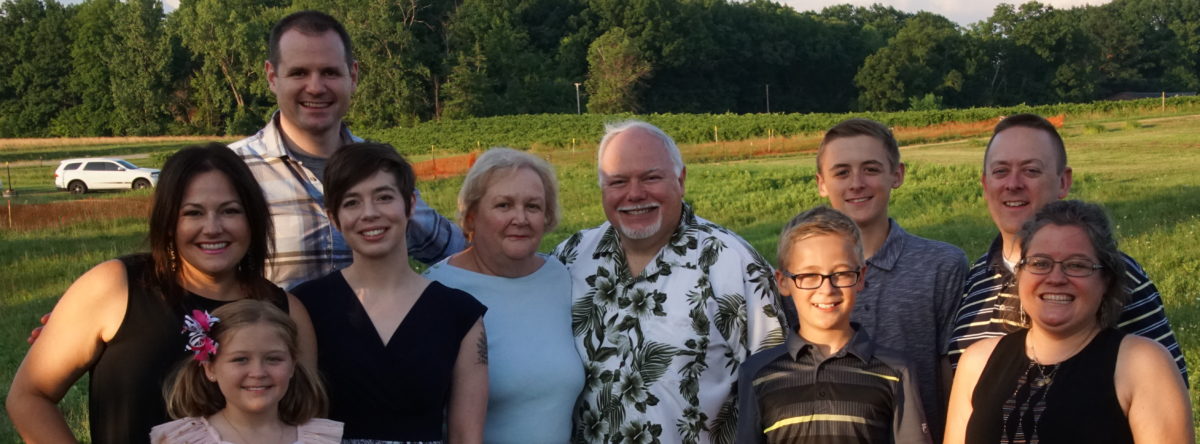On Tuesday, November 3, Cuyahoga County voters will face one of the most important county issues in our lifetimes. I’ll be voting for Issue 5 and against Issue 6. Here’s why.
If you live in Cuyahoga County, you almost certainly know that several government figures have been accused of corruption within the past few years. The FBI conducted raids in July 2008, and some of the smaller fish are already in jail; the suspected largest fish haven’t been indicted yet, but suspicions are numerous.
The corruption probe gave new immediacy to proposals for reorganizing county government, and that’s exactly where the mischief lies. In northeastern Ohio, new government reorganization plans are introduced about as often as Browns quarterbacks; so some prominent public officials met, dusted off some plans, added a few new features, and over 53,000 signers–looking, understandably, for anything that would change the status quo–put Issue 6 on the ballot. Issue 6 is a new county charter, all wrapped up and ready to go.
Issue 5, by contrast, isn’t a new charter: it’s a process for developing a new charter. I’m supporting it because a new charter should be developed by a public charter review commission whose meetings are held in public under sunshine laws. Years ago, I served as a member of the charter review commission for the City of Bedford; and although few residents knew or cared that we were meeting, the fact is that they could have known if they wanted to. That’s very different from a group of Great Men meeting to decide the county’s future, which is how we got Issue 6.
Hence my reference to Linus’s Law. Named by Eric S. Raymond in honor of Linus Torvald, the inventor of the open-source operating system Linux, the law states that “Given sufficient eyeballs, all bugs are shallow.” Ungainly as the phrasing may be, it applies to more than just software: “eyeballs” refers to the number of people involved in the drafting process. Since Issue 5 is an open process, the charter it would produce would draw plenty of eyeballs; Issue 6 is the result of a closed process, and the bugs are already evident.
The first bug is Issue 6’s lack of campaign finance reform language, which is pretty ironic, given that it’s touted as an answer to corruption. The second is that in its rush to throw out the bums, the new charter calls for special elections which The Plain Dealer reports would cost taxpayers an additional $4 million in special election expenses. What other bugs lay hidden in its 28 pages? (You can look for them here.)
If, after an open review process, it appears that the county organization plan embodied in Issue 6 is so good, the charter commission can submit it to a vote in 2010. If it’s not, they can submit something better. Cuyahoga County government didn’t get screwed up so quickly that one year will make that great a difference; but a rush toward an ill-considered change could make a very great difference indeed.
So I’ll vote against Issue 6 and for Issue 5. While I’m at it, I’m going to vote for the charter commission proposed by the Issue 5 group, “Real Reform.” Some 29 names appear on the ballot in one big group; they don’t appear as distinct slates, although that’s how they filed. The names of the pro-Issue 5 group are:
- Harriet Applegate
- Bill Cervenik
- Mark Davis
- Ann Marie Donegan
- Mike Foley
- Stuart Garson
- Ron V. Johnson, Jr.
- Dr. Gus Kious
- Jazmin Torres-Lugo
- Rev. Marvin McMickle
- Nick (Sonny) Nardi
- Betty K. Pinkney
- Patrick Shepherd
- Sandra Williams
On the face of it, Issue 6 seems to have the better chance of passage. It has the support of the Cuyahoga County business community, and a campaign budget about ten times that of Issue 5. It has the air time and the lawn signs. But it’s a bad idea. It was developed without sufficient eyeballs, and its bugs are deep.
